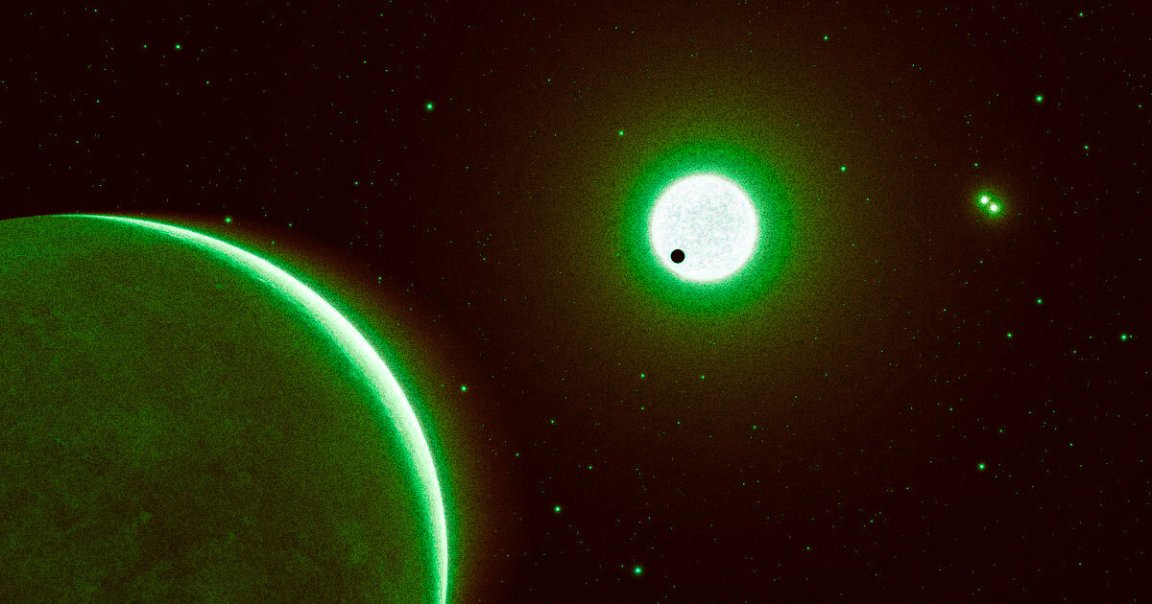
New Rock on the Block
Scientists using the Hubble Space Telescope have measured the size of a small exoplanet just 22 light years away, confirming that it’s the closest known Earth-sized world to our solar system to date.
Named LTT 1445Ac, scientists first discovered the planet last year, and have now taken a closer look at the world as it passed in front of its sun, a small red dwarf star, in a celestial event known as a transit.
Based on their findings, published as a new study in The Astronomical Journal, it appears that the exoplanet is a rocky world like ours, with a diameter 1.07 times that of Earth’s — though with a mass of around 1.37 Earths, its surface gravity is a bit higher.
Its characteristics diverge further from our own world from there. Case in point, its surface temperature is a blazing hot 500 degrees Fahrenheit, ruling out any real hope of potential life or habitability.
Overlooked Objects
Exoplanets are tricky to find, and harder still to observe in detail. They’re small compared to stars and don’t emit their own light, remaining largely concealed in the dark expanse of the universe.
To see them, astronomers mostly rely on a celestial event known as a transit, which is when a planet passes between our earthly telescope and a star. This causes a dip in the star’s light, and if we’re lucky enough, our scientists can catch it in action, allowing astronomers to catalog another world that otherwise would’ve gone unseen.
When LTT 1445Ac was first discovered, the researchers used NASA’s Transiting Exoplanet Survey Satellite (TESS) to observe it. The space telescope did its job by making the find, but it wasn’t powerful enough to provide conclusive data.
Gaze the Graze
The researchers worried that what TESS observed was a “grazing transit,” meaning the exoplanet only skimmed the boundary of its star, thereby throwing off any potential measurements. Thankfully, Hubble was there to save the day.
“There was a chance that this system has an unlucky geometry and if that’s the case, we wouldn’t measure the right size.” said Emily Pass of the Harvard-Smithsonian Center for Astrophysics in a statement about the work. “But with Hubble’s capabilities we nailed its diameter.”
Though now outshone by its scion the James Webb, the Hubble still has plenty of tricks up its sleeve, and the researchers hope that follow-up studies using either telescope will reveal what kind of atmosphere the Earth-sized exoplanet has — if it has one at all.
More on exoplanets: Astronomers Say Two Giant Ice Planets Collided, Leaving Donut-Shaped Wreckage